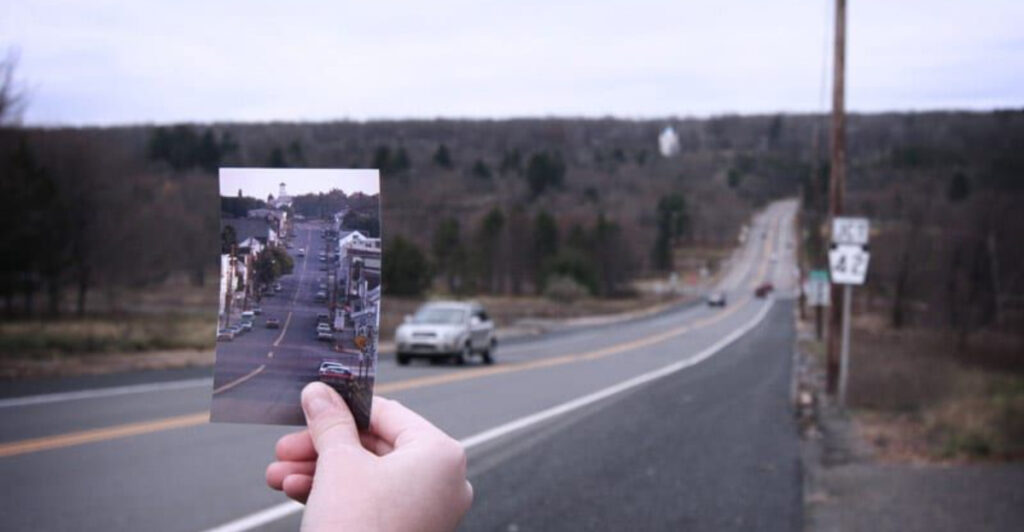The United States, a land of opportunity and innovation, has seen its share of bustling hubs that have transformed into hauntingly silent relics of the past. These sites, once vibrant with activity, now stand as echoes of history, telling tales of economic shifts, natural disasters, and shifts in public interest. Through this article, we explore 17 such locations across the U.S.—each with its unique story of rise and fall. Join us for a journey through these once-thriving sites that now lie eerily silent, yet continue to intrigue and captivate the imagination.
Detroit’s Michigan Central Station
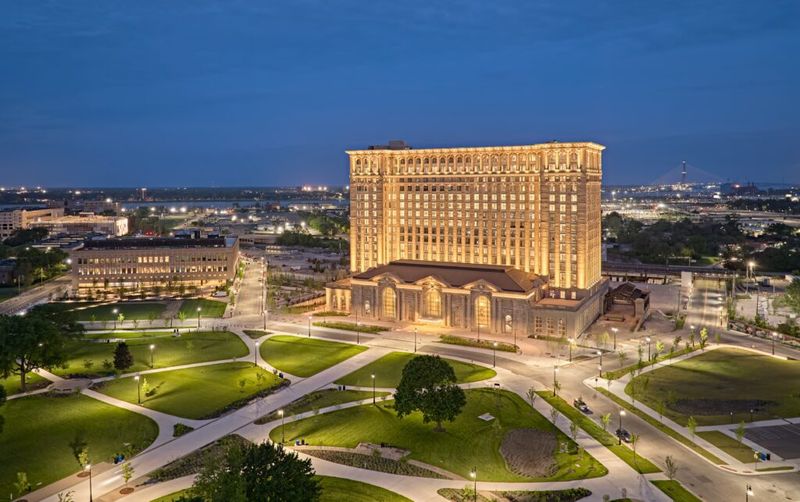
Once the pride of Detroit, the Michigan Central Station was a grand railway hub bustling with travelers. Now, its majestic halls echo with silence. Built in 1913, this Beaux-Arts-style station was once the tallest train station in the world.
However, the rise of automobiles led to its decline. By 1988, it closed its doors, leaving behind an architectural marvel consumed by time. Today, the station’s faded grandeur attracts urban explorers and historians alike.
Efforts to revive this icon are underway, promising a new chapter in Detroit’s revitalization.
Bodie State Historic Park
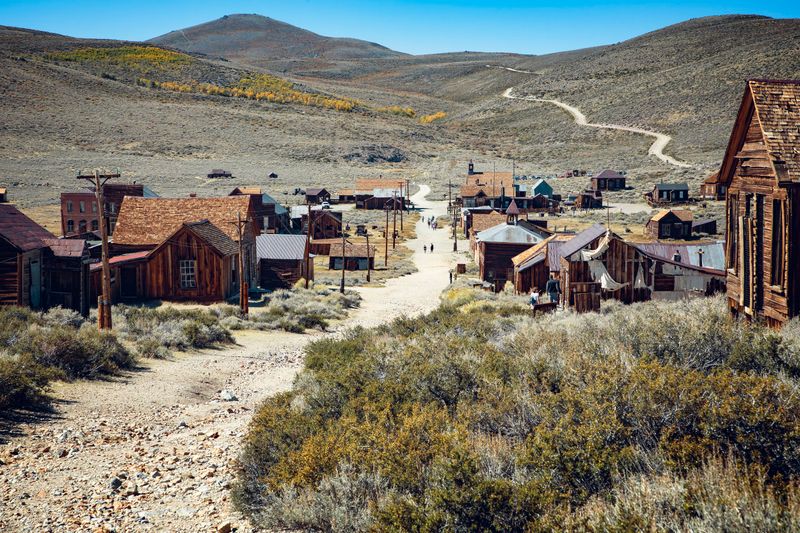
In California’s Bodie State Historic Park, the past is frozen in time. Once a bustling mining town in the late 1800s, Bodie boasted a population of 10,000 and over 60 saloons.
Gold discoveries drew hopeful miners to this remote area, but by the 1940s, the gold ran out, and so did the people. Today, Bodie stands as one of the best-preserved ghost towns in America.
Visitors walk through dusty streets lined with wooden buildings, imagining the lively days of yore. It’s a snapshot of the Gold Rush era, captured in silence.
Centralia, Pennsylvania
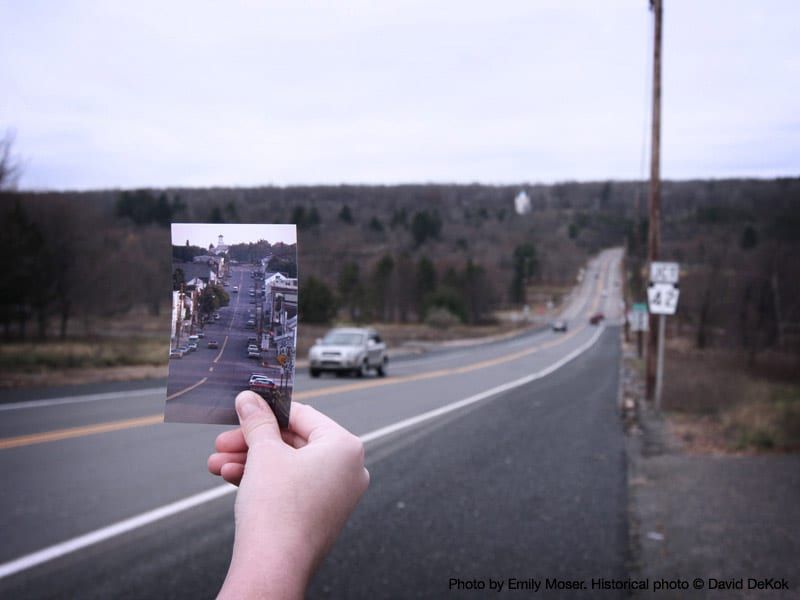
Centralia, Pennsylvania, is a chilling reminder of unintended consequences. In 1962, a coal mine fire ignited beneath this quaint town, leading to its eventual demise.
For decades, smoke billowed from the ground, creating a hazardous living environment. Residents were gradually relocated, and by 1992, the town was officially condemned.
Today, eerie remnants of homes and streets remain, with smoke still seeping from the earth, serving as a haunting testament to the power of nature gone awry. It’s a modern ghost town with a fire still burning underground.
Salton Sea, California

The Salton Sea was once California’s largest lake, a glamorous resort destination in the 1950s. Celebrities flocked to its shores, enjoying water sports and luxurious accommodations.
However, agricultural runoff led to increasing salinity and pollution, causing a massive die-off of fish and birds. By the 1970s, the area fell into decay, leaving behind deserted resorts and eerie silence.
Today, the Salton Sea’s desolate shores are a stark reminder of environmental neglect and the fragility of ecosystems. The haunting landscape draws photographers and environmentalists seeking lessons from its past.
Pripyat, Chernobyl
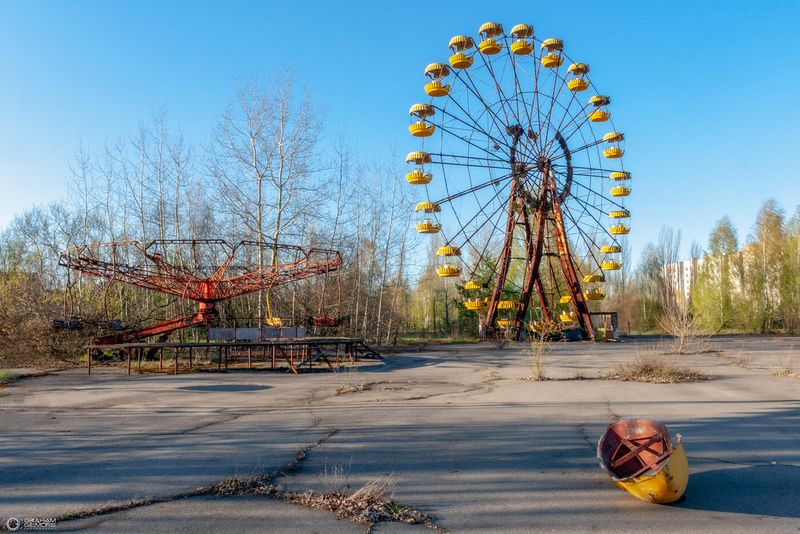
Pripyat, the city nearest to the Chernobyl nuclear plant, was once a thriving community. Established in 1970, it housed plant workers and their families. Its population peaked at 49,000 before the 1986 disaster struck.
After the explosion, the city was evacuated, leaving behind homes, schools, and an amusement park poised for festivities. Now, it stands frozen in time, nature reclaiming its spaces.
The haunting Ferris wheel is a symbol of dreams halted. Pripyat serves as a somber reminder of the world’s worst nuclear accident, drawing visitors seeking to understand its impact.
Love Canal, New York
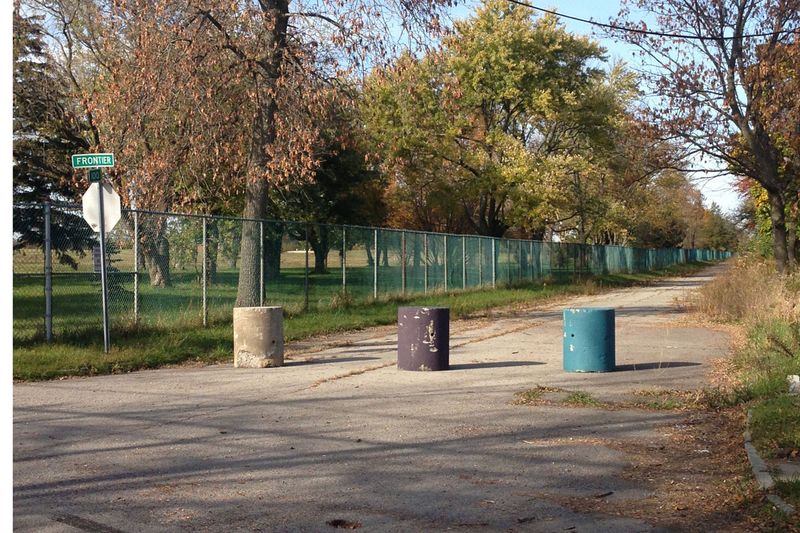
Love Canal, initially envisioned as a dream community in Niagara Falls, turned into a national concern for toxic waste disposal. Built atop a chemical dumpsite, the health hazards emerged in the late 1970s.
Families experienced health issues, leading to the area’s evacuation. The scandal highlighted the environmental impact of industrial waste.
Today, the site remains largely deserted, with remnants of suburban life interspersed with nature’s reclamation. It stands as a lesson in environmental oversight and corporate responsibility, reminding us of the consequences of ignoring ecological warnings.
Cahawba, Alabama
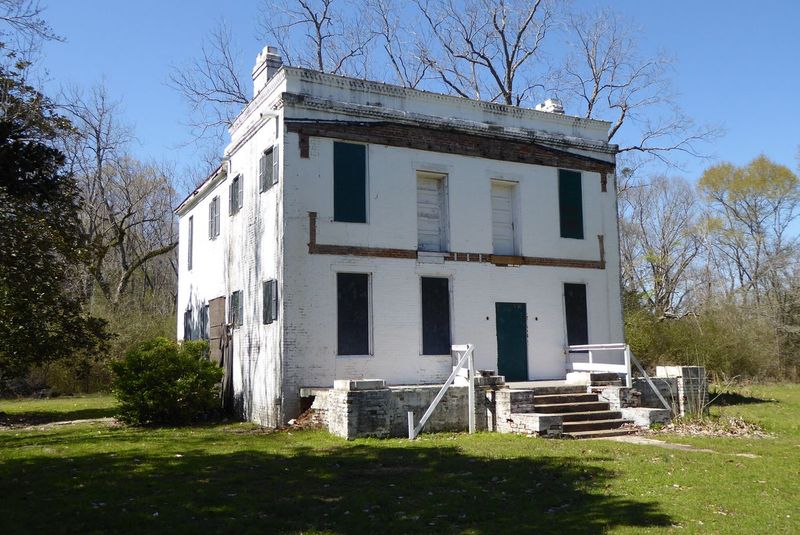
Cahawba, Alabama, once the state’s first capital, now lies in ruins along the Alabama River. Founded in 1819, it thrived briefly before floods and political shifts led to its decline.
By the late 1800s, it became a ghost town. Today, only the remnants of its structures remain, surrounded by dense forest and silence.
Visitors can explore the archaeological park, peering into the past of what was once a bustling political center. Cahawba is a testament to the transient nature of human endeavors and the enduring power of nature.
Glenrio, New Mexico/Texas
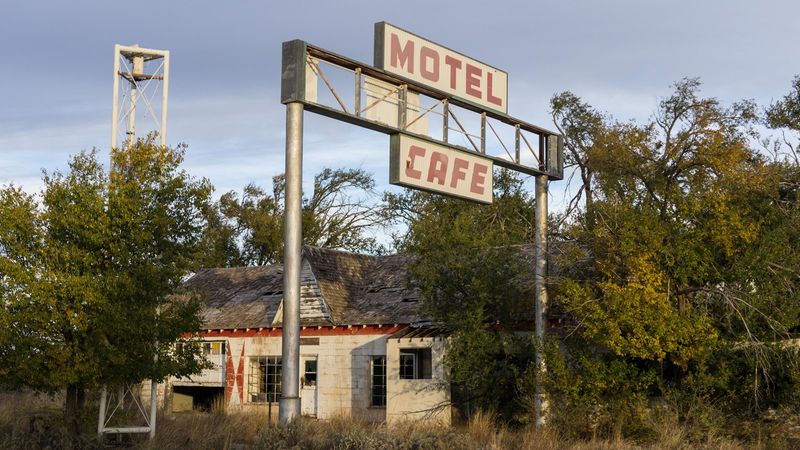
Glenrio straddles the New Mexico and Texas state line along the iconic Route 66. In its heyday, it was a bustling stop for travelers in the 1940s and 50s.
However, the construction of Interstate 40 bypassed the town, leading to its decline. Businesses closed, and residents moved away.
Today, Glenrio stands as a ghost town, with empty streets and vintage signs hinting at its past. It’s a nostalgic stop for Route 66 enthusiasts, capturing the spirit of Americana and the impact of progress on small towns.
Picher, Oklahoma
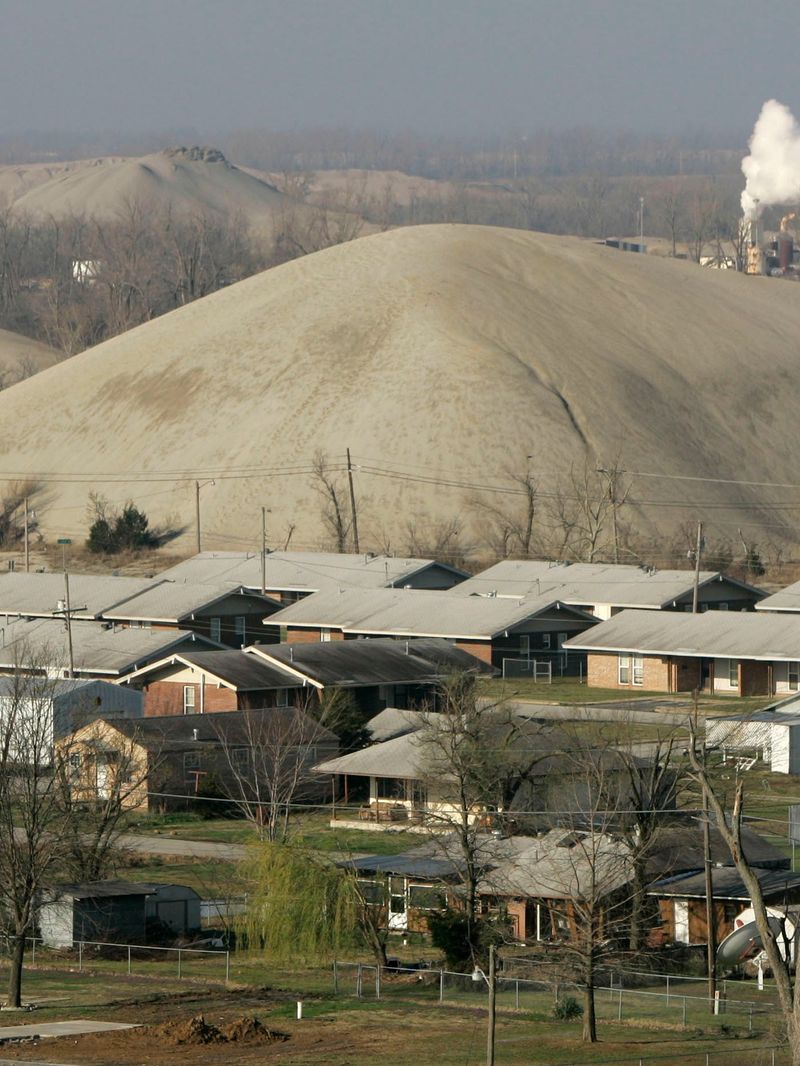
Picher, Oklahoma, was once a thriving lead and zinc mining town. The boom in the early 20th century brought prosperity, but left behind environmental devastation.
By the 1990s, toxic waste and sinkholes made the area uninhabitable, prompting an evacuation. Today, Picher is abandoned, with chat piles and crumbling structures dominating the landscape.
It serves as a stark reminder of industrial exploitation and its long-term effects on communities. The town is a somber monument to the perilous balance between economic growth and environmental stewardship.
Times Beach, Missouri

Times Beach, Missouri, was a planned community along the Meramec River. In the 1970s, it became contaminated with dioxin after waste oil containing the toxic substance was sprayed on its roads.
The contamination led to the town’s evacuation in 1983. Once a bustling community, it now lies empty, its streets overtaken by nature.
The site has been transformed into a state park, serving as a reminder of the potential dangers of chemical pollution. Times Beach remains a compelling case study in environmental regulation and public safety.
Vicksburg, Mississippi

Vicksburg, Mississippi, played a pivotal role in the Civil War. Today, it’s home to haunting ruins of Confederate forts.
During the 47-day siege in 1863, these forts were bustling with soldiers. However, after the Union victory, they were abandoned. Over time, nature reclaimed the area, leaving behind overgrown earthworks and historical remnants.
These silent fortifications attract historians and tourists, offering a glimpse into a turbulent past. Vicksburg’s landscape stands as a solemn reminder of war’s impact and the passage of time.
Gary, Indiana
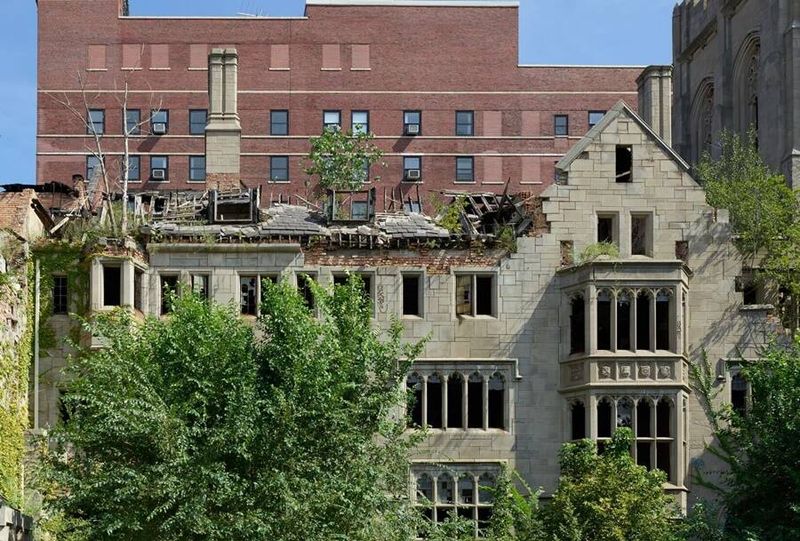
Gary, Indiana, was once a thriving steel town, built by U.S. Steel Corporation in 1906. It flourished through the mid-20th century, with a bustling economy and vibrant communities.
However, the decline of the steel industry in the 1970s led to job losses and population decline. Today, many of its factories and homes lie abandoned, overtaken by nature.
The city’s deserted landscape tells a story of economic hardship and industrial change. Despite efforts to revitalize the area, Gary remains a poignant example of the rise and fall of American industry.
Cahokia Mounds, Illinois
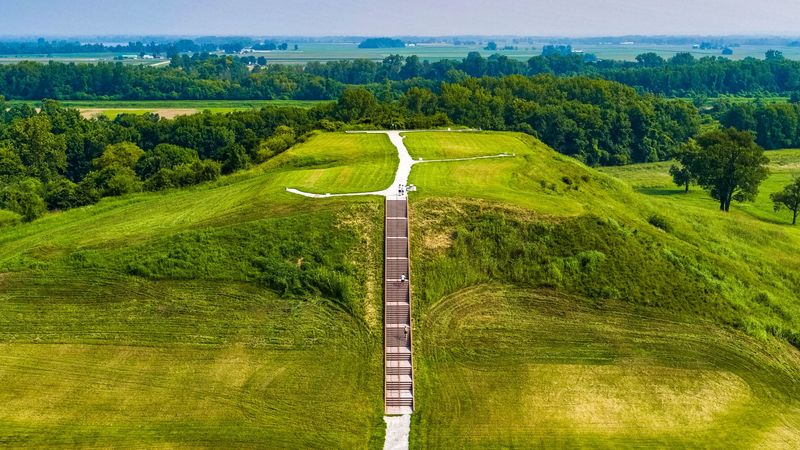
Cahokia Mounds, near modern-day St. Louis, was once a vibrant Native American city. At its peak around 1100 AD, it was larger than London, with a population of tens of thousands.
The reasons for its decline remain a mystery, though theories suggest climate change and social upheaval. Today, the mounds stand as silent witnesses to a lost civilization.
The site is a UNESCO World Heritage site, attracting archaeologists and history enthusiasts. Cahokia offers a glimpse into the rich history and ingenuity of pre-Columbian cultures in North America.
Bannack, Montana
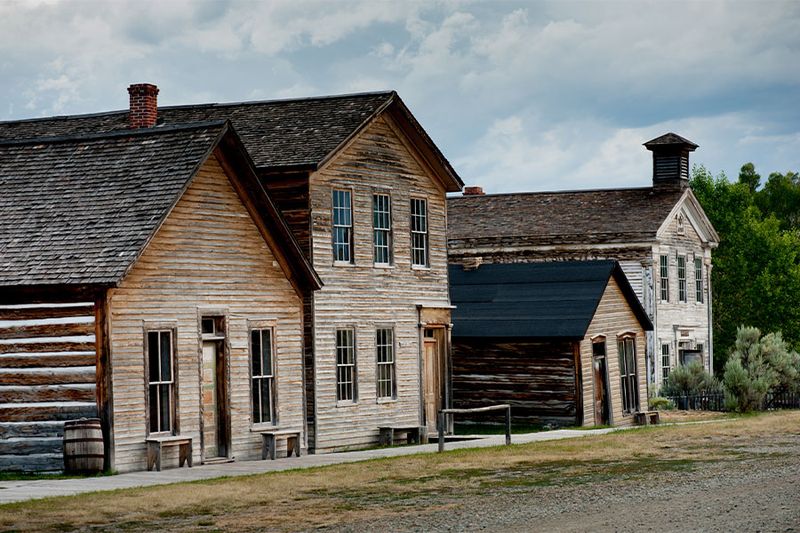
Bannack, Montana, was founded in 1862 as a gold rush town. At its height, it was the territory’s capital, bustling with miners and entrepreneurs.
However, as the gold depleted, the population dwindled, and by the 1950s, it was abandoned. Today, it’s preserved as a state park, with old wooden buildings offering a glimpse into the past.
Visitors can walk its dusty streets and imagine the vibrant life that once filled them. Bannack is a testament to the transient nature of boomtowns and the enduring allure of the Wild West.
Craco, Italy

Craco, perched on a hilltop in southern Italy, was once a thriving medieval town. Its strategic location offered protection and prosperity for centuries.
However, landslides and earthquakes led to its abandonment in the 1960s. Today, Craco stands as a ghost town, its narrow streets and crumbling buildings echoing with history.
The town attracts filmmakers and tourists, captivated by its haunting beauty. Craco serves as a poignant reminder of nature’s unpredictability and the impermanence of human settlements.
Packard Automotive Plant, Detroit
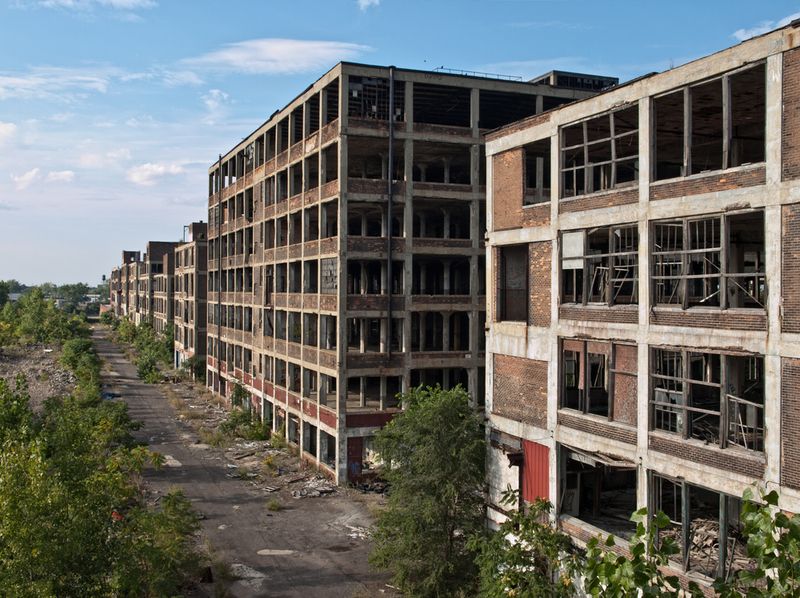
The Packard Automotive Plant in Detroit was once a symbol of American innovation. Established in 1903, it was a hub of automotive manufacturing.
The decline of the auto industry in the mid-20th century led to its closure in 1958. Today, it stands as one of the largest abandoned industrial complexes in the world.
The plant’s skeletal remains attract urban explorers and photographers. It’s a poignant symbol of Detroit’s economic challenges and a beacon for those seeking to reimagine its potential. The site embodies the shifting landscapes of industry and innovation.
Rhyolite, Nevada
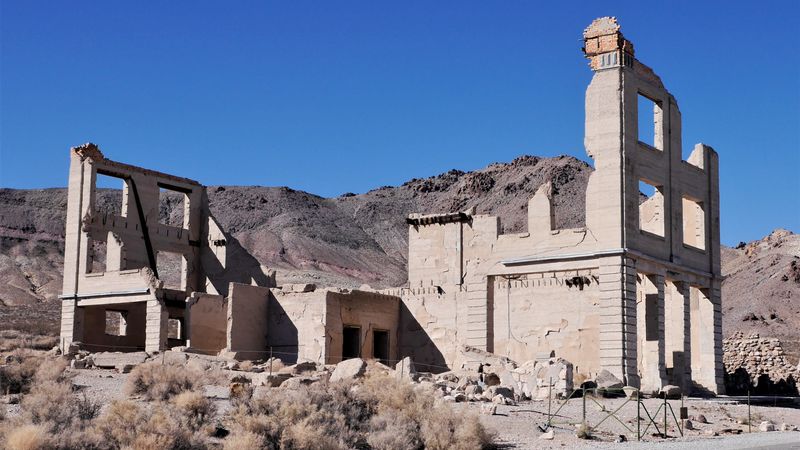
Rhyolite was once a booming mining town in the early 1900s. It attracted thousands with promises of gold and prosperity. The town boasted a stock exchange, opera house, and three-story bank.
As quickly as it rose, Rhyolite’s fortunes dwindled. The gold veins dried up, leading to a mass exodus by 1916. Buildings, once vibrant with life, now stand as skeletal remains against Nevada’s harsh desert backdrop.
Today, Rhyolite captivates visitors with its haunting beauty. The silent streets and crumbling structures whisper stories of dreams and determination that faded with the sands of time.

